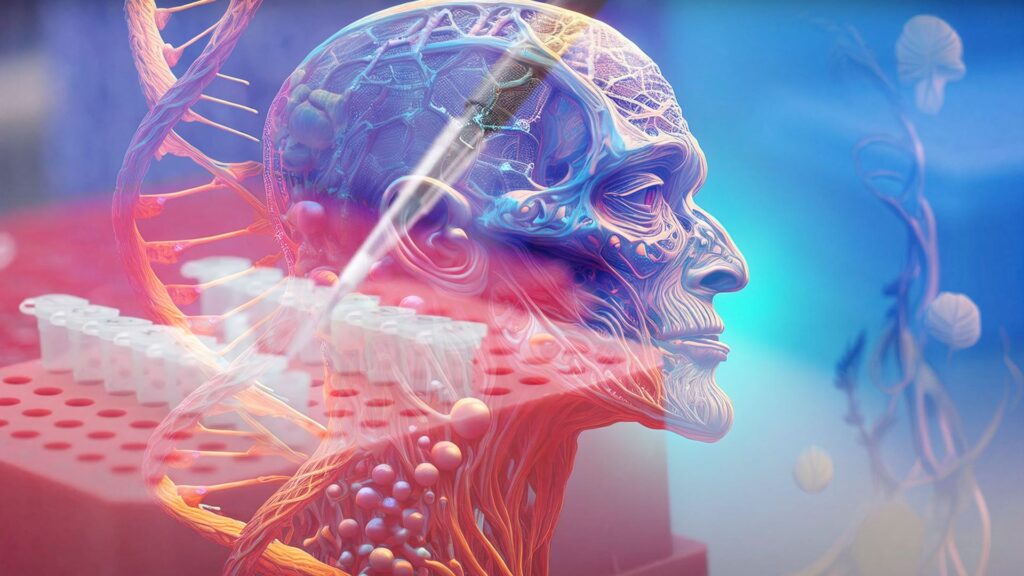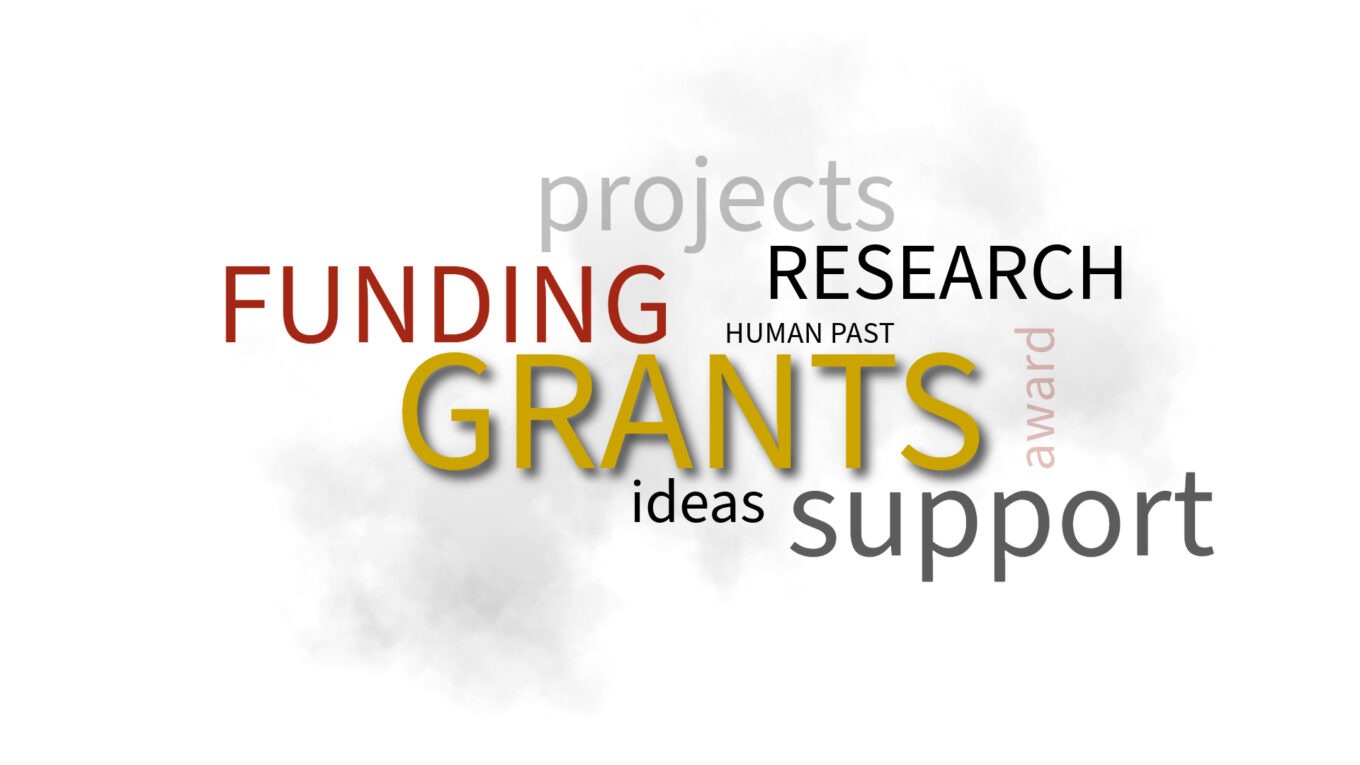Mattias Jakobsson received funds to start a new project, A genetic model for the evolution of H. sapiens, from 1 Jan 2023. The project will run until end of 2025.
Congratulations!

Project summary
Genetic variation forms the basic material that allows evolutionary change over time. Finding, describing and utilizing genetic variation to understand human evolutionary history has long been a focus of evolutionary biology and genetics. Today, we know that modern humans trace their origin to Africa. All the oldest fossils of anatomically modern humans have been found in Africa and the African continent harbors the deepest human lineages and the greatest amount of genetic variation. However, the emergence of anatomically modern humans within Africa remain elusive.I will investigate how early modern humans evolved within the African continent. In particular, I will evaluate three archetypical models of human emergence; was it from one or several populations, have archaic groups admixed with early modern humans, and which genes evolved rapidly as modern humans emerged. In order to answer these questions, I will generate and investigate genome sequence data from 34 Stone Age human remains from southern Africa. I will use modern statistical approaches and novel population-genetic methods to decipher early human evolution, including pinpointing the genes and gene-categories that evolved dramatically in the phase of modern human emergence. This project will penetrate early human evolution, and help us get closer to understanding some of the genetic underpinnings that led to evolving modern humans from a common ancestor with H. erectus.

